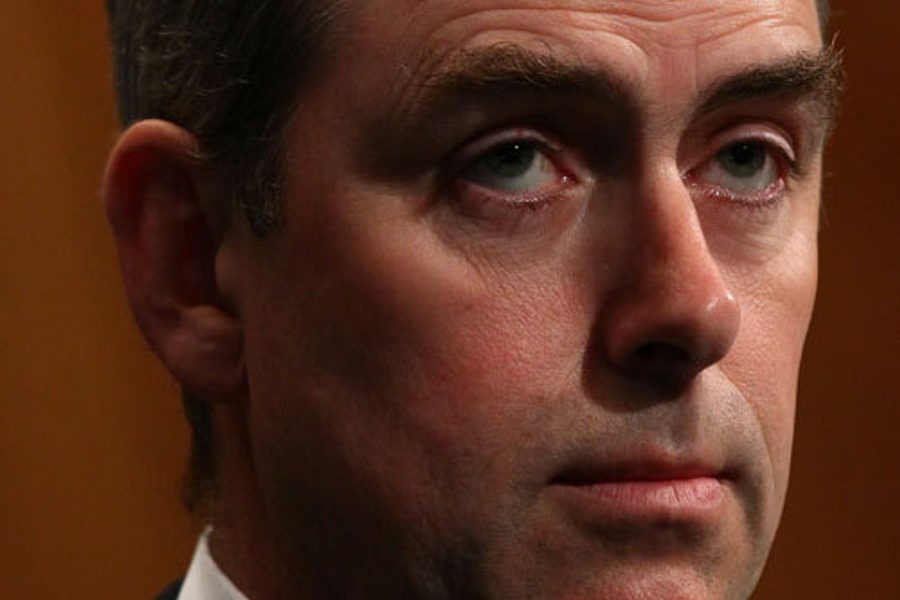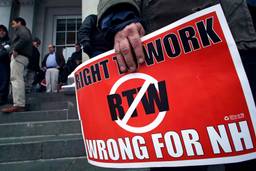Senate Committee Grills BP Safety Director: How’s That ‘Culture of Safety’ Working
Lindsay Beyerstein

BP’s top safety officer fielded questions from a Senate subcommittee on Employment and Workplace Safety last week. The hearing was unusual in that there was only one witness: Dr. Stephen A. Flynn, Vice President, Health, Safety, Security, and Environment. The company had declined to participate in an earlier hearing on safety. But on July 22, over three months after the explosion on the Deepwater Horizon, Flynn showed up to field questions.
Subcommittee Chairman Sen. Patty Murray (D-Wash.) opened the hearing with a recap of BP’s dismal safety record. The fire and explosion on the Deepwater Horizon rig in the Gulf of Mexico was hardly an isolated incident. In 2005 a fire and explosion at BP’s Texas City killed 15 people. In 2009, BP incurred the largest fine in OSHA’s history for failing to fix problems identified after the Texas City disaster.
Murray pointed out that four more workers have died at Texas City since the 2005 explosion. She added that there have been “countless reports” of unsafe practices at BP piplines in Alaska. She rounded out her intro with a littany of deaths, injuries, fires, and other mishaps at BP plants and in the oil and gas refining industry at large.
Flynn swore to the committee that BP was a changed company since the tragedy at Texas City. He assured the senators that, “At BP, safety is our top priority.” He insisted that BP has embraced a culture of safety than emanates from the very top. Flynn extended BP’s condolences to families of the 11 men who died on the Deepwater Horizon.
The platitudes seemed to frustrate Sen. Murray. She said that BP had a good record of saying the right things in the wake of a disaster, but a terrible record of acting on its resolutions.
“There are a lot of accounts from workers on the Deepwater Horizon that it was BP engineers and staff who kept cutting corners on safety, overruling aditional testing, denying the use of proper equipment, and rushing the completion of the well in order to save costs,” Murray said. “Evidence presented just this week suggest that BP failed to act on reports of failed equipment. Do such reports like that depict a culture of safety that you’re trying to establish?”
Flynn tried to dodge the question: “While reports like that certainly concern me, we don’t know what the cause of the accident on the Deepwater Horizon was.”
Murray didn’t ask whether any of these reported lapses caused the disaster, she asked whether they were consistant with BP’s vaunted “culture of safety.” The senator wasn’t letting Flynn off the hook. “Does it bother you that you know that people were cutting corners and overruling tests and denying the use of proper equipment?”
Flynn still refused to acknowledge the evidence. He replied that if workers were concerned, then he too was concerned, but that nobody knows what caused the Deepwater Horizon disaster.
“My question for you is: Does [the evidence of lax safety] bother you, you’re the head of safety?” Murray asked. Flynn reiterated that the Deepwater Horizon disaster was a very complicated incident involving multiple parties.
It seems that Flynn is only concerned about lax safety practices when they can be linked directly to disasters. So much for a culture of safety.
Sen. Al Franken (D-Minn.) thanked Flynn for his message of concern for the families of the 11 workers who died on the Deepwater Horizon. Franken recalled that, at an earlier hearing, the father of one of the men who died said that no one from BP had contacted him to express apologies or condolences. Franken asked Flynn whether he’d talked to any of the families of those who died. Flynn admitted that he hadn’t personally done so, but that he “would have expected” that someone from BP would have taken care of that.
“So, you don’t know for sure whether anyone from BP has contacted any of those families, do you?” Franken asked.
“I don’t know that, but I could find out,” Flynn stammered.
“Well, this gentleman said that no one from BP had talked to him, I think you should know that,” Franken replied.

I hope you found this article important. Before you leave, I want to ask you to consider supporting our work with a donation. In These Times needs readers like you to help sustain our mission. We don’t depend on—or want—corporate advertising or deep-pocketed billionaires to fund our journalism. We’re supported by you, the reader, so we can focus on covering the issues that matter most to the progressive movement without fear or compromise.
Our work isn’t hidden behind a paywall because of people like you who support our journalism. We want to keep it that way. If you value the work we do and the movements we cover, please consider donating to In These Times.






